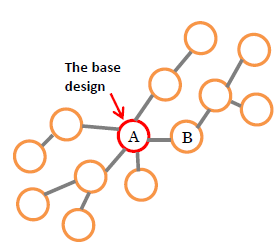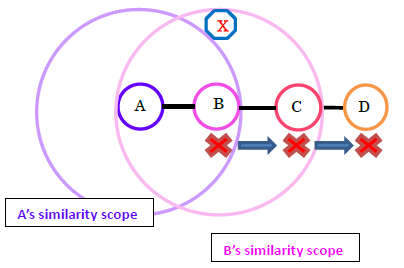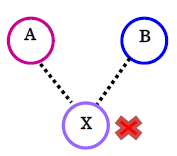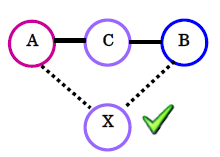Amended Design Act, “Chain of Associated Designs” will be enforced on April 1, 2020
Japan Patent Attorney, Attorney at law, California, USA

The amended Design Act will be enacted on April 1, 2020.
Under the amended Act, associate designs can be associated with other associated design as chain. Associated designs can be filed within 10 years and last 25 years from the filing date of the first base design. It will allow you to expand protection while selling varieties of products.
◇Exceptions to Publicly Known Designs
If design A is filed, publication or public sale of the
same or similar design X does not affect the registerability of associated design B being later filed (hereinafter, “EXCEPTION”).
Problem 1: “Domino of Rejection”

Case: Associated designs are filed sequentially, starting with A as the base, then B, C and D. Right after filing each, the applicant sold products that represent the filed design.
☞ If B is rejected because of a publicly known design X, C is also rejected by the sales of B because C cannot be associated with rejected B and EXCEPTION does not apply. Then, D is rejected by the sales of C
because D cannot be associated with the rejected
C and EXCEPTION does not apply (Domino of Rejection).
Problem 2: A design similar to multiple unassociated designs that are publicly known cannot be registered

Case: After unassociated designs A and B are registered and published, you would like to file a design X that is similar to both A and B.
☞ A design can be associated with only one design. In addition, EXCEPTION only applies to the associated design group or their similar designs. Here, X is rejected even if X is associated with A, because EXCEPTION does not apply to the published B that is not associated with A.
RYUKA’s Suggestions
1. Filing associated designs quickly without relying on the 10-years period
This is to avoid rejection based on other known designs and to avoid the Domino of Rejection. We recommend filing associated designs together with the base design, if possible.
2. Filing an intermediate design C when filing dissimilar designs A and B to associate all designs
If A and B are in an associated group thanks to C, X can be registered because EXCEPTION applies to both A and B. However, you cannot register C anymore once you file A and B.

3. Filing an intermediate design C if the JPO may deny the association of designs A and B. If the JPO denies the association, arguing the similarities
This secures the registerabilty of X and expansion of the scope
of protection in the future.
If you have any questions, please feel free to let us know.
